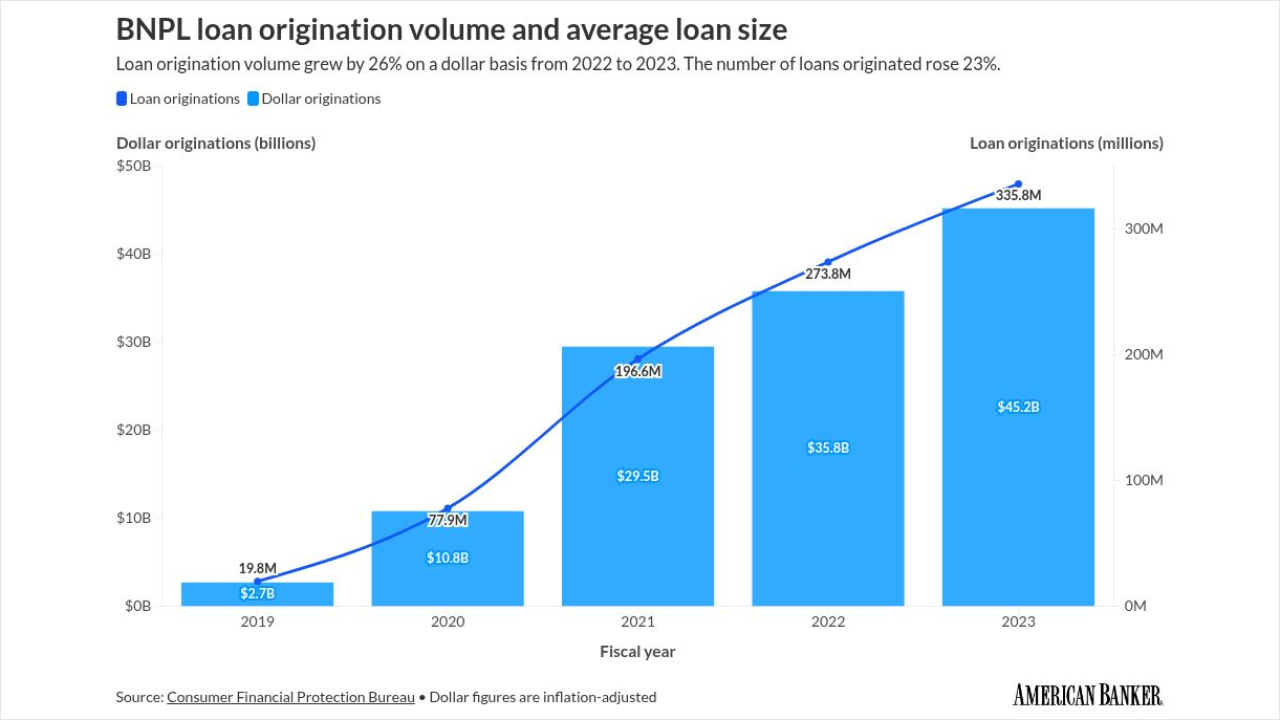The Honda Auto Receivables 2025-3 is preparing to launch a $1.7 billion offering, supported by prime quality loans on new and used automobiles and light-duty trucks.
Like other auto securitization deals, HAROT 2025-3 can be expanded to $2.4 billion. Regardless of the principal note balance, the deal will sell the securities through five tranches of class A notes, according to Moody's Ratings.
In both scenarios, the A1 notes will mature on Aug. 21, 2026. Meanwhile, the A2a and A2b have a legal final maturity of March 21, 2028; the A3 notes mature on Feb. 21, 2030 and the A4 notes mature on Nov. 21, 2031.
Barclays Capital leads a group of underwriters, which includes Citigroup Global Markets, MUFG Securities and SG Americas Securities.
The notes benefit from total initial hard credit enhancement that equals 2.75% of the note balance, the rating agency said. That credit enhancement is composed of a non-declining reserve fund of 0.25% of the pool balance, subordination and excess spread of about 2.25% of the pool, Moody's said.
Moody's finds that Honda's underlying pool has a strong credit profile, and that tier A loans account for 77.1% for the base principal note amount, and a similar percentage for the incrementally upsized pool. For tier C loans, it remains the same for all three potential pool sizes, at 8.5%, Moody's said. But this is slightly lower than the concentration of the tier C loans in the HAROT 2025-2, which was 8.7%.
There are potential credit drawbacks, though. The class A 2B notes will repay investors a coupon based on the Secured Overnight Financing Rate (SOFR). Since all the underlying assets pay a fixed rate of interest, a spike in the interest rates could erode excess spread in the transaction, weakening one of its credit enhancement supports.
Also, a significant percentage of the loans—49.7% of the base pool—were originated with terms greater than 60 months, Moody's said.
"Longer-term loans in the prime segment generally have weaker performance than loans with
shorter original payment terms," according to Moody's analysts, which added that "this is one of the highest proportions of longer-term loans seen on this
Moody's assigns P1 to the A1 notes; and Aaa to the A2 through A4 notes.






